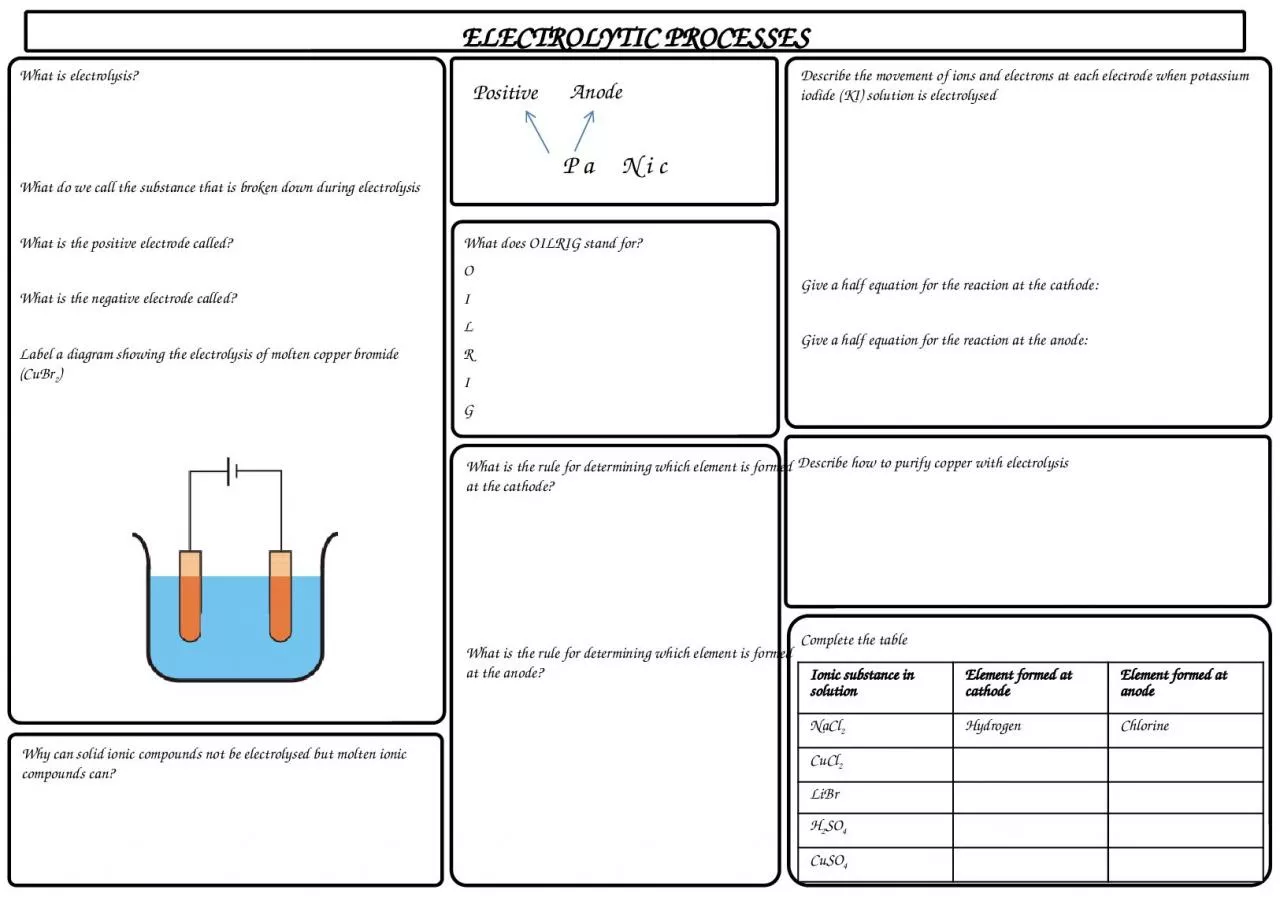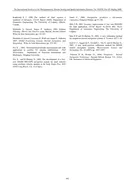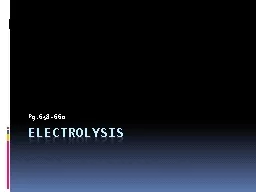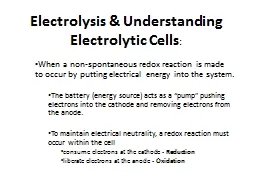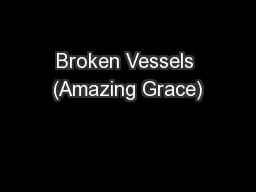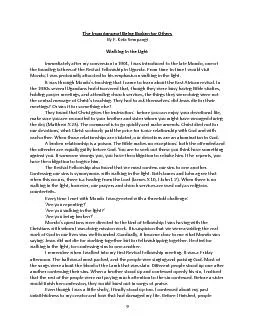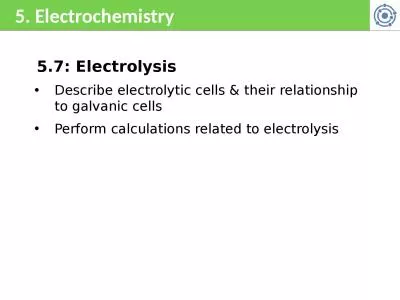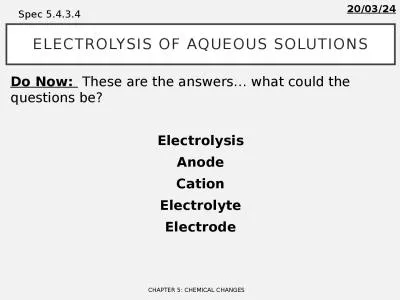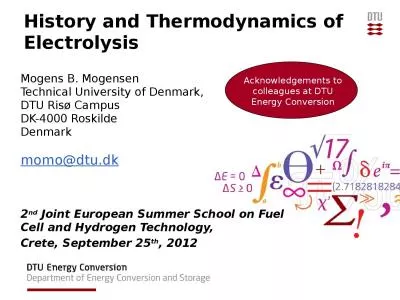PPT-What is electrolysis? What do we call the substance that is broken down during electrolysis
Author : bella | Published Date : 2024-03-13
What is the positive electrode called What is the negative electrode called Label a diagram showing the electrolysis of molten copper bromide CuBr 2 ELECTROLYTIC
Presentation Embed Code
Download Presentation
Download Presentation The PPT/PDF document "What is electrolysis? What do we call th..." is the property of its rightful owner. Permission is granted to download and print the materials on this website for personal, non-commercial use only, and to display it on your personal computer provided you do not modify the materials and that you retain all copyright notices contained in the materials. By downloading content from our website, you accept the terms of this agreement.
What is electrolysis? What do we call the substance that is broken down during electrolysis: Transcript
Download Rules Of Document
"What is electrolysis? What do we call the substance that is broken down during electrolysis"The content belongs to its owner. You may download and print it for personal use, without modification, and keep all copyright notices. By downloading, you agree to these terms.
Related Documents

